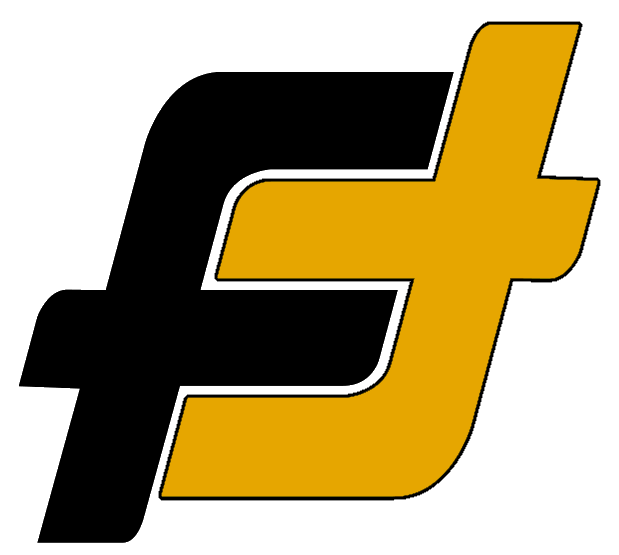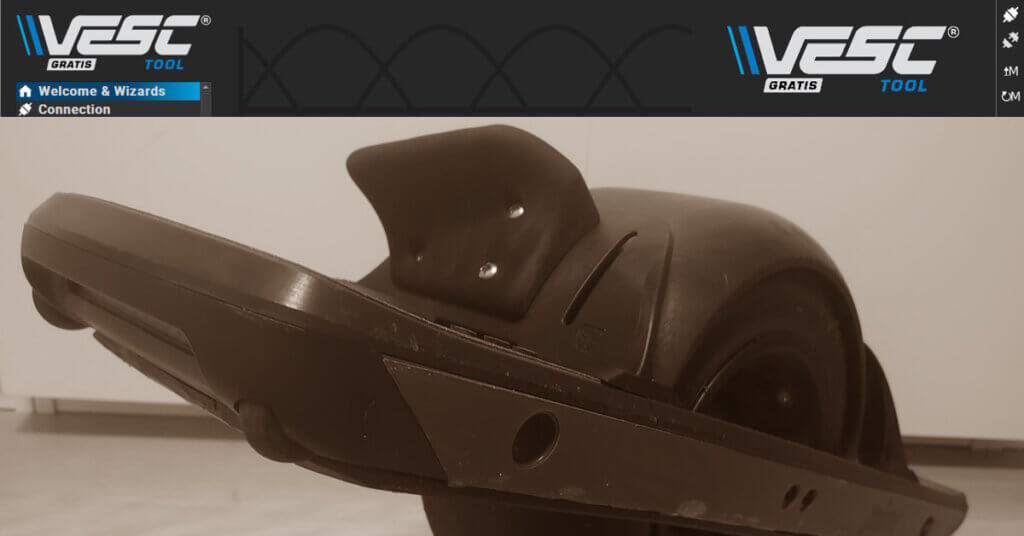With the increase in popularity of the Onewheel board, there has also become an interest in the do-it-yourself community to either build your own or modify an existing board. Here is where the Onewheel VESC comes to play.
The Onewheel VESC is, in short, a Onewheel from Future Motion Inc where the user has swapped out the stock controller for a third-party one. The VESC comes from the controller choice, a Vedder Electric Speed Controller (VESC) created and released by Benjamin Vedder. It was originally built for electric skateboards but has, because of its features, been validly adopted to many other devices like balancing boards such as the Onewheel.
What Is A Onewheel VESC?
Calling it Onewheel VESC is only a thing from the community, as the Onewheel brand is registered as a trademark by Future Motion Inc. The Onewheel VESC is basically a self balancing one wheel board with a go-kart wheel in the middle powered by a VESC. The most common builds are rebuilt VESC Onewheel XR where only the stock controller and some necessary cabling are replaced with a new one.
The new VESC controller makes it possible to configure a variety of settings of the board, and the development has really come a long way. Nowadays the stability and features of the platform rival that of Future Motions. Making the step from a Onewheel to a VESCed board, not a downgrade.
There is a multitude of versions of a Onewheel VESC where more and more of the components are replaced for third-party pieces. Making it truly a custom board. Many people use an old XR which was one of the most popular boards and now easily can be found on the second-hand market. As it has been discontinued there are bargains to be found.
Why Turn A Onewheel Into A VESC?
Building a Onewheel VESC is not for everyone and doing this is for sure always at your own risk. In short, there are two main reasons someone would like to turn their Onewheel into a VESC. Repair a broken board that’s out of warranty or build the best board you can get no matter of the cost.
Repair A Broken Board
Future Motion has a really short warranty for the controller, and the board is not waterproof. To swap out a broken controller that’s out of warranty is really costly, shipping, repair and new hardware will almost add up to a new board. Therefore is rebuilding it into a VESC a good option to reuse some of the functional parts.
Build The Best Board
The other side is the people who want to make the absolute best board out there. Changing the controller will allow you to control and configure almost every aspect of the board, something that’s not possible with a stock Onewheel. This is only the first step in DIY Onewheel and building a unique board.
After changing the controller, to get the absolute best board you will need to change the battery, battery compartment, controller compartment, and usually also the rails. Mainly what’s left is the motor and sometimes the sensor pad, even if there are nowadays some good third-party alternatives around.
With the VESC software, you are able to change the max current, speed, angle of the nose, the level of acceleration, and braking for the motor. This with an increased cell (voltage) battery pack allows for a totally new experience.
This being said, doing this is not a cheap sport and you can easily run down the rabbit hole.
Building A Onewheel VESC
It should be said that building a Onewheel VESC will require some technical knowledge, soldering skills, programming skills, and basic safety around electronic components. A small disclaimer that everything is done at your own risk.
Onewheel VESC Controller
The controller is the brain of the board and the most commonly used is the Little FOCer Rev3 from MakersPEV. The Little FOCer is built upon the VESC hardware platform and therefore uses the VESC Tool for programming. As VESC is a registered trademark, they can not advertise this in the name.
Little FOCer and VESC be bought from:
- https://www.makerspev.com (USA)
- https://customwheel.shop (Europe)
The code
When you got the controller then it needs to flash with the correct software that makes the board run. The software is released as open source and under constant development and upgrades.
Different contributors are releasing their code, and one of the main developers is surfdado. He has made some big contributions to the community and is sharing his knowledge on his Youtube channel.
The latest version can be found on GitHub.
Programming Tool
There are a couple of ways to program the board, either by the PC app VESC Tool or the mobile application that has versions for both Apple and Android. The VESC Tool is open source and allows you to adjust all settings of the board. It’s free to use but have options for donation if you want to support the project
The tool is used to flash and upgrade the firmware of the controller.
VESC Tool For PC
Download the Onewheel VESC Tool PC Software here. Need more information read about how to download and install the VESC Tool here.
VESC Tool For Android
Download the VESC Tool for Android here.
VESC Tool For iPhone
Download the VESC Tool for iPhone here.
The Battery
If you are just starting to build your board, then it is usually recommended to reuse the stock battery of the Onewheel as long as it is functional. There is always a possibility to upgrade down the line to a higher voltage pack or bigger capacity depending on what you are after. The Little FOCer is designed to allow to support 84V 20S, drastically increasing the voltage compared to a stock XR.
Upgrading the battery will usually force you to increase the battery casing to accommodate the new pack.
The BMS
If you are using the stock battery, then you don’t need to change the battery management system, BMS. This is only needed if you plan to upgrade the battery pack to a higher voltage system.
It’s possible to use the original BMS if you are keeping the stock battery and use the existing harness as is. You have the possibility to either use it as it normally works, for charge and discharge or alternatively only for charing
The downside for both charge and discharge is if something is getting wrong with the battery while riding, then the BMS might shut down the power to the controller resulting in a high risk of a nosedive.
Configuring it as charge only will require it to be slightly modified so the BMS is bypassed when discharging while riding the board. You are getting the protective features of the BMS while you charging and removing the risk of the BMS without warning shutting down the board while riding.
Conclusion
This should be seen as a good resource around Onewheel VESC and why you might want to build your own. The Onewheel and DIY community is rapidly growing and VESC software is getting better and more capable every month. New things are coming up and I highly suggest you join the forums and conversation to stay updated with the latest developments.
After reading this I hope that you know what is a Onewheel VESC and if this is something for you. If you are having a broken board, or find one and got the engineering spirit I highly encourage you to test it out. As always, do it at your own risk, modifying and upgrading always come with the risk of having a paperweight in your hand. The good things are that it’s possible to get hold of a new controller in case of the worse.


